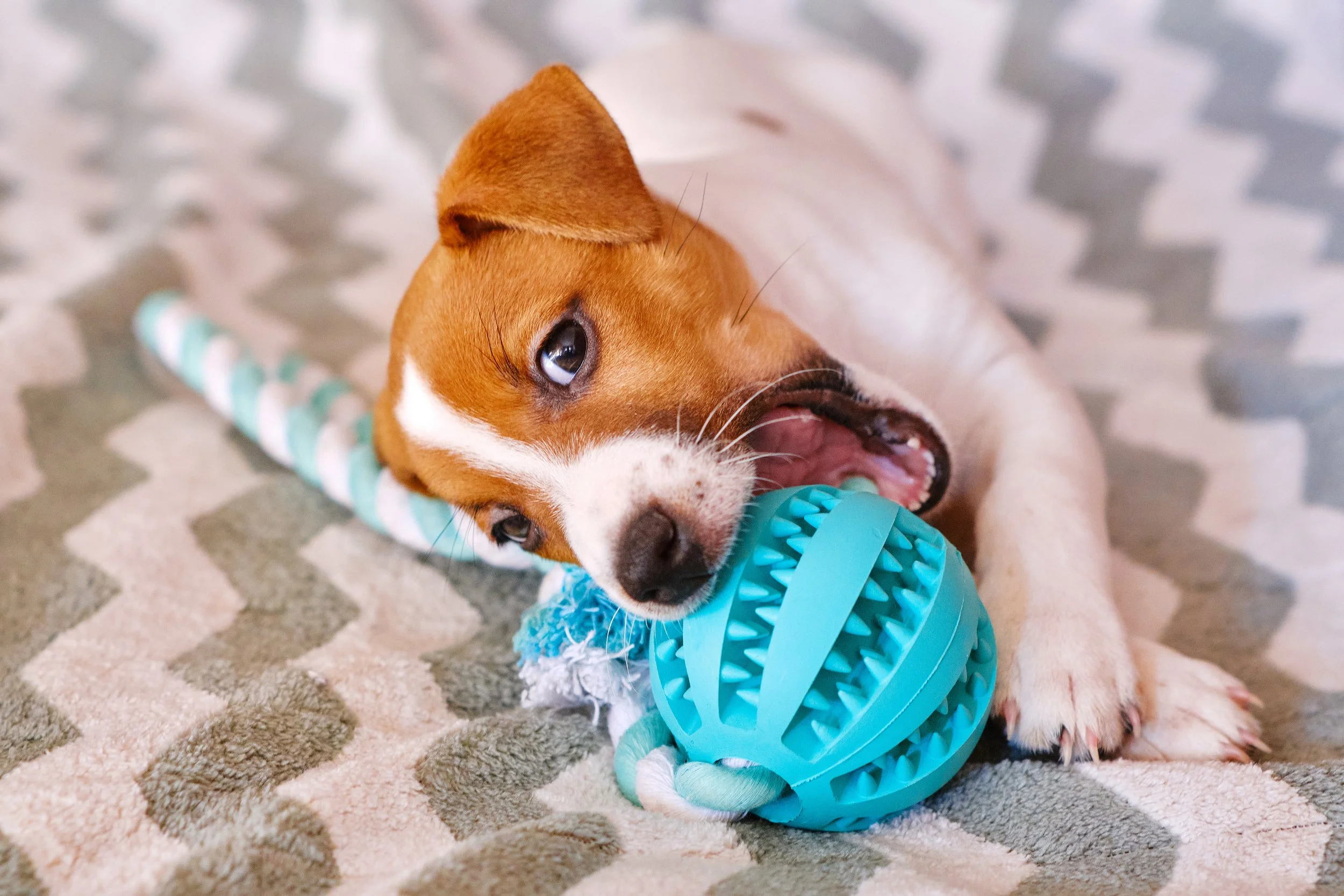7 Signs Your Dog Needs Professional Behaviour Training (Before It's Too Late)🐶
Every dog owner wants a happy, calm, well-behaved dog. But sometimes what starts as a small irritation—pulling on the lead, constant barking, toilet accidents—can spiral into long-term behaviour problems that are much harder (and more expensive) to fix. Recognising the warning signs early is the key.
Here are 7 signs that your dog needs professional behaviour training—plus what to do, how to choose help, and how this can save you stress, money, and keep your bond strong.
1. Excessive Pulling on the Lead
Dogs pulling on the lead isn’t just annoying—it can be dangerous. It causes stress for both of you, risks injuries (to your wrist or elbow), and prevents calm, enjoyable walks.
What to look for:
Frequent lunging, frantic behaviour on walks
Distress when meeting people or other dogs
You constantly being jerked or losing control
What to do first:
Train with high-value treats & shorter walk bursts
Use a front-clip harness to reduce pull
Incorporate loose-lead walking lessons in low distraction zones
2. Refusal to Come Back (Poor Recall)
A dog that won’t reliably come back when called is a safety risk—especially near roads or in busy parks.
Key indicators:
Dog ignores “come” when distracted
Running off with something and not returning
Recall works well only at home
Fixes to try:
Practice recalls in safe open spaces
Reward heavily, every time (even small progress)
Use long lines before off-lead freedom
3. High Anxiety When Left Alone
Separation anxiety is one of the hardest problems to live with—for the dog and the owner. If your dog becomes distressed when you leave, that’s a big red flag.
Signs:
Destructive chewing, scratching doors/windows
Barking, whining, howling when you're gone
Toilet accidents inside after being gone briefly
What to do:
Create a safe, calm environment (with a crate or den)
Practice short departures & returns gradually
Reward calm behaviour before and after leaving
4. Excessive Barking / Noise Phobias
Dogs communicate with barking. But excessive barking, or fear of loud noises (thunder, fireworks), can become chronic stress.
Symptoms:
Barking triggered by minor things
Destructive behaviour during storms/noises
Hiding, trembling when thunder or fireworks
Tips to help:
Desensitisation with recordings of noises at low volume
Provide hiding place / safe space
Use calming tools (paddings, pheromones) and consistent training
5. Resource Guarding & Aggression
This is serious. If your dog shows signs of aggression—over food, toys, family members—this can escalate.
Watch for:
Growling, snapping when people approach certain items
Stiff body, guarding food bowl or doorways
Aggression toward other dogs or strangers
Steps to take:
Remove triggers where possible
Use gradual desensitisation with a trainer
Always stay safe; professional support is often essential
6. Poor Socialisation
Lack of socialisation, especially during puppyhood, often shows up as fearfulness, avoidance, or reactivity later in life.
Indicators:
Avoids people, dogs, new surfaces/sounds
Overreaction in busy places
Withdrawal or fear instead of curiosity
What helps:
Gentle exposure to new things with rewards
Playdates, controlled meeting with calm dogs
Positive reinforcement for exploring
7. Behaviour Getting Worse, Not Better
Maybe you already tried training, but behaviour isn’t improving—or is regressing. When progress stalls, it’s usually because of gaps in consistency, underlying anxiety, or wrong training methods.
What to check:
Are house rules, cues, and methods consistent?
Are any medical issues contributing?
Are you using force/punishment instead of reward methods?
Why Delay Costs You More
Small issues become habits
Stress impacts both dog & owner – frustration, disasters, possibly returns
More time/costs with behaviourists, longer training
How to Choose the Right Professional Behaviour Trainer
Uses positive reinforcement / force-free methods. PETA+1
Transparent in pricing & assessment process.
Reviews or case studies from clients.
Offers follow-up and support (phone/email) in between sessions.
If any of those signs sound familiar, don’t wait until it’s harder.
Book your Behavioural Assessment Package today — get expert, ethical training, personalised plans, and support every step of the way. Let’s stop small issues from becoming lifelong challenges.


